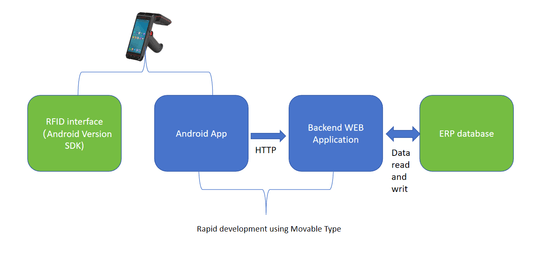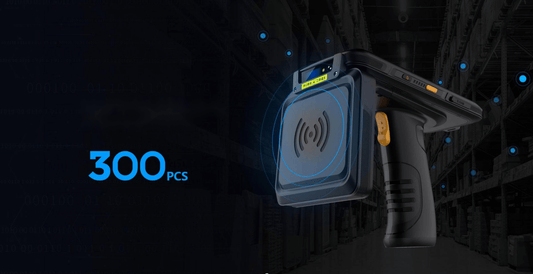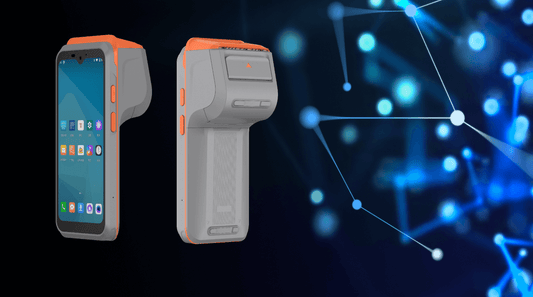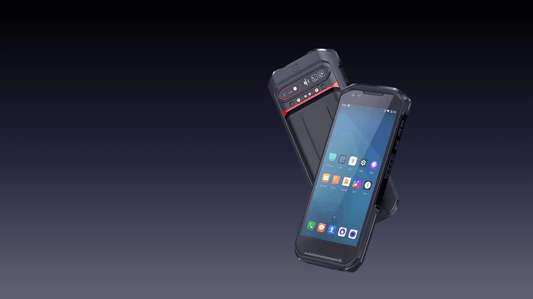Body-Worn Cameras in Healthcare: Enhancing Patient and Staff Safety
The healthcare industry faces numerous challenges, including patient safety concerns, staff protection, and the need for accurate documentation. In recent years, body-worn cameras (BWCs) have emerged as a valuable tool to enhance security, accountability, and transparency in healthcare settings. Originally used in law enforcement, BWCs are now being adopted in hospitals, mental health facilities, and emergency medical services (EMS) to improve safety for both patients and staff.
This blog explores the benefits, challenges, ethical considerations, and future trends of body-worn cameras in healthcare.
1. The Need for Body-Worn Cameras in Healthcare
A. Rising Violence Against Healthcare Workers
Healthcare workers, particularly nurses and emergency responders, face a high risk of workplace violence. According to the Occupational Safety and Health Administration (OSHA), healthcare workers are five times more likely to experience workplace violence than employees in other industries. BWCs can act as a deterrent to aggressive behavior and provide evidence in case of assaults or disputes.
B. Protecting Vulnerable Patients
In mental health facilities and dementia care units, patients may exhibit unpredictable behavior. BWCs can help monitor interactions, ensuring proper care while protecting patients from abuse or neglect.
C. Legal and Documentation Benefits
Medical disputes and malpractice claims often rely on witness testimonies, which can be unreliable. BWCs provide objective, real-time recordings that can be used for legal protection, training, and quality assurance.
2. Benefits of Body-Worn Cameras in Healthcare
A. Deterrence of Aggressive Behavior
Studies in law enforcement show that BWCs reduce violent incidents by 30-50% due to the "observer effect"—people behave better when they know they are being recorded. The same principle applies in healthcare settings.
B. Improved Accountability and Transparency
-
Ensures adherence to protocols
-
Reduces false accusations against staff
-
Encourages professional behavior from both patients and healthcare providers
C. Enhanced Training and Performance Review
Recorded footage can be used for:
-
Training new staff on de-escalation techniques
-
Reviewing critical incidents for process improvement
-
Identifying gaps in patient care
D. Faster Resolution of Complaints
Video evidence can quickly resolve disputes between patients, families, and staff, reducing lengthy investigations.
3. Challenges and Ethical Considerations
A. Patient Privacy Concerns
Healthcare is governed by strict privacy laws (HIPAA in the U.S., GDPR in Europe). Recording patients without consent raises ethical and legal questions. Solutions include:
-
Selective recording (only in high-risk situations)
-
Blurring faces in non-critical footage
-
Secure storage and access controls
B. Staff Resistance
Some healthcare workers may feel uncomfortable being recorded, fearing micromanagement or misuse of footage. Clear policies and staff involvement in BWC implementation can mitigate concerns.
C. Data Storage and Security
-
Encrypted storage is essential to prevent breaches
-
Automatic deletion policies for non-essential footage
-
Restricted access to authorized personnel only
4. Real-World Applications of BWCs in Healthcare
A. Emergency Medical Services (EMS)
Paramedics use BWCs to document patient conditions, interactions, and potential conflicts during emergencies.
B. Psychiatric and Dementia Care
Hospitals in the UK and Australia have piloted BWCs in psychiatric wards, reporting reduced violent incidents and improved staff confidence.
C. Home Healthcare
Caregivers visiting patients at home can use BWCs for safety and to document care provided.
5. Future Trends and Innovations
A. AI-Powered BWCs
-
Real-time aggression detection using AI alerts
-
Automated redaction of sensitive patient data
B. Integration with Electronic Health Records (EHR)
Future systems may link BWC footage with patient records for better documentation.
C. Wider Adoption in Healthcare
As technology improves and privacy concerns are addressed, more hospitals and clinics will likely adopt BWCs.
Conclusion
Body-worn cameras offer significant benefits in healthcare, from reducing violence to improving accountability. However, their use must balance security needs with patient privacy rights. With proper policies and technological safeguards, BWCs can become a standard tool for enhancing safety in healthcare environments.
As the industry evolves, healthcare providers must stay informed about best practices to implement BWCs effectively and ethically.
No comments













0 comments